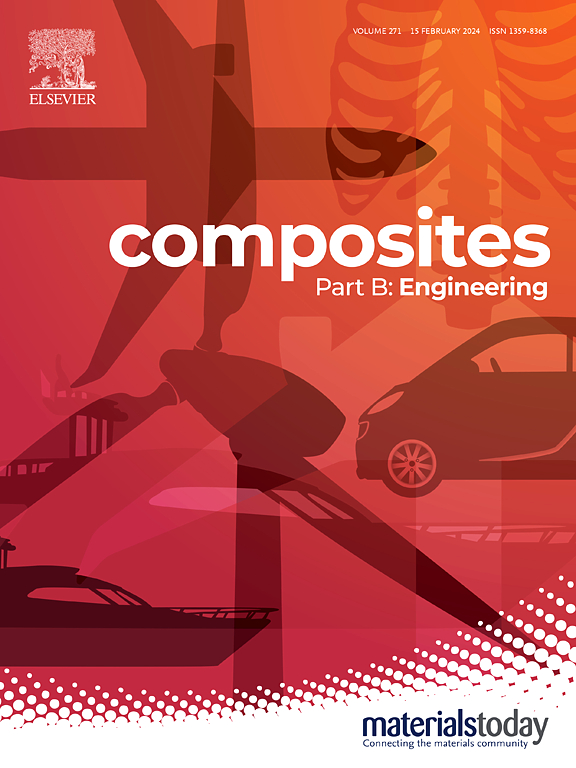Multistep crystallization pathways of a new carbonation-hardened Ternesite binder
IF 12.7
1区 材料科学
Q1 ENGINEERING, MULTIDISCIPLINARY
引用次数: 0
Abstract
Developing low-carbon clinkers and binding materials is a promising way to achieve net zero in cement industry. Ternesite is a low-carbon clinker mineral in terms of reduced CaO content and sintering temperature. More importantly, its hydration inertness can be compensated by carbonation curing to develop high strength rapidly. This investigation hence aims at disclosing the mechanisms and kinetics associated with carbonation hardening of ternesite. The X-ray diffraction, thermogravimetry, Raman spectroscopy and 29Si nuclear magnetic resonance were used to determine the phase assemblage evolution of carbonated ternesite at different periods, while back-scattered electron microscopy and scanning electron microscopy with energy dispersive spectroscopy were employed to illustrate the microstructure characteristics. The calcium carbonates formed in carbonated ternesite were calcite, aragonite and more interestingly amorphous phase and monohydrocalcite, with the crystallization degree increased with carbonation time. Si transferred into highly polymerized Q3 and Q4 units, with content increased with time. This unique carbonation behavior of ternesite should be governed by the competition on “capturing” Ca between C, Si and S. The Ca2+ is partially combined with SO42− to form gypsum, which leads to decreased Ca/C ratio of calcium carbonate and thus weak crystallization, also lower Ca/Si ratio of silica gel hence higher polymerization degree.
求助全文
约1分钟内获得全文
求助全文
来源期刊

Composites Part B: Engineering
工程技术-材料科学:复合
CiteScore
24.40
自引率
11.50%
发文量
784
审稿时长
21 days
期刊介绍:
Composites Part B: Engineering is a journal that publishes impactful research of high quality on composite materials. This research is supported by fundamental mechanics and materials science and engineering approaches. The targeted research can cover a wide range of length scales, ranging from nano to micro and meso, and even to the full product and structure level. The journal specifically focuses on engineering applications that involve high performance composites. These applications can range from low volume and high cost to high volume and low cost composite development.
The main goal of the journal is to provide a platform for the prompt publication of original and high quality research. The emphasis is on design, development, modeling, validation, and manufacturing of engineering details and concepts. The journal welcomes both basic research papers and proposals for review articles. Authors are encouraged to address challenges across various application areas. These areas include, but are not limited to, aerospace, automotive, and other surface transportation. The journal also covers energy-related applications, with a focus on renewable energy. Other application areas include infrastructure, off-shore and maritime projects, health care technology, and recreational products.
 求助内容:
求助内容: 应助结果提醒方式:
应助结果提醒方式:


